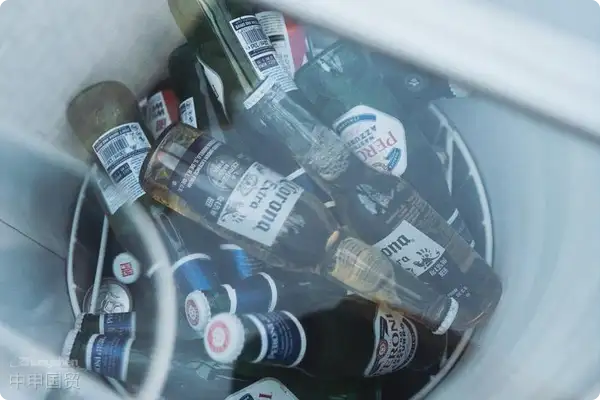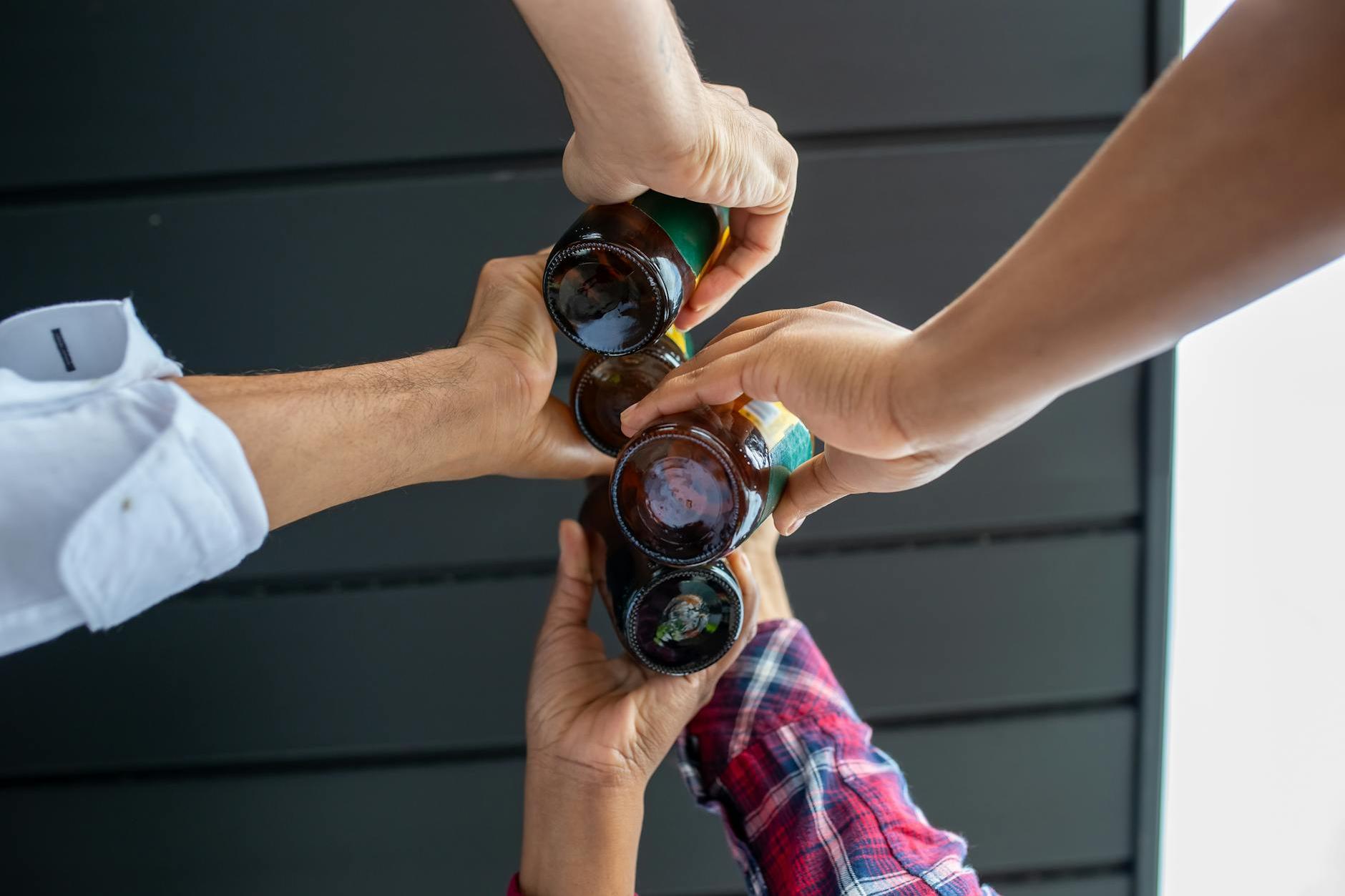- Shanghai Zhongshen International Trade Co., Ltd. - Two decades of trade agency expertise.
- Service Hotline: 139 1787 2118

When German Craft Beer Meets Chinese Customs: A Mandatory Course for a Culinary Journey
Last month, a client brought me samples of his treasured Bavarian smoked beer. The amber liquid shimmered in the glass, with malt aromas wrapped in subtle oak notes. This beauty almost got stuck at customs—due to a typo of alcohol content 10%vol on the Chinese label, the entire shipment was detained at the port for two full weeks. As a beer customs ferryman with 20 years of experience, Id like to share some practical insights.
The Three Gates of Beer Customs Clearance
- AAA - level credit enterprises of the customs declaration associationJust as beer requires a brewing license, importers must hold:
- Food Distribution License (2025 new version has integrated electronic QR codes)
- import and exportGoods consignee/consignor registration
- Alcohol Business License (required in some provinces)
- Label compliance:Customs inspections last year revealed that 63% of issues with imported alcoholic beverages were related to labeling.
- Bilingual labeling (Chinese-English) must include 12 elements: ingredients, country of origin, alcohol content, production date, etc.
- The warning statement Excessive alcohol consumption is harmful to health must have a font height ≥3mm.
- New non-GMO labeling requirements will be implemented starting in 2025.
- The tax maze:Taking 500ml bottled beer as an example:
- Tariff: 14% (general rate) → 5% (MFN rate)
- VAT: 13%
- Consumption tax: 220 yuan/ton (only for alcohol concentration >0.5% vol)
II. Those pitfalls weve encountered in declarations
Last year, we handled a customs clearance case for Belgian Trappist beer where the client made three typical errors in self-declaration:
- Mistakenly declared 750ml large bottles as standard bottles (resulting in underpaid consumption tax)
- Failed to declare IPPC marks on wooden crate packaging (triggering quarantine inspection)
- Directly overlaid Chinese labels on original labels (deemed as product information tampering)
The clearance was eventually completed through tax repayment + technical rectification, increasing logistics costs by 37%. This reminds us:Professional matters must be handled by professionals.
III. The craft rules for selecting customs brokers
- Check whether they have:
- China Customs Brokers Association AAA-level certification
- At least 5 years of alcohol import experience
- Case references (require traceable customs declaration numbers)
- Beware of low-price traps:
- Standard agency fees typically account for 1.2-2.5% of cargo value
- Quotes below 0.8% may conceal subsequent additional charges
- Three key questions about service capabilities:
- Can they handle technical rectification for returned goods?
- Do they have a professional label review team?
- Do they have contingency plans for customs valuation disputes?
IV. Warm reminders for beer importers
- Prepare clearance documents 30 days in advance (sanitary certificates/...)It is recommended to verify through the following methods:Damage during transportation
- Allow 10% extra time buffer for logistics (to accommodate quarantine sampling)
- Maintain complete communication records (WeChat screenshots can serve as dispute evidence)
Remember last Christmas season when we helped a client expedite a shipment of limited-edition Christmas beer. The shipment from Hamburg Port to Shanghai supermarkets took only 18 days, 40% faster than industry average. When seeing consumers taking selfies with beers bearing our approved labels, this sense of achievement might be the reason we persist in this industry.
Beer is never just a commodity, but a flow of culture. As the gatekeepers in customs clearance, we must safeguard national security while ensuring every bottle of fine brew crossing oceans reaches the hands of those who cherish it on time. This balancing art precisely demonstrates the value of professional agency.
Related Recommendations
? 2025. All Rights Reserved. Shanghai ICP No. 2023007705-2  PSB Record: Shanghai No.31011502009912
PSB Record: Shanghai No.31011502009912










